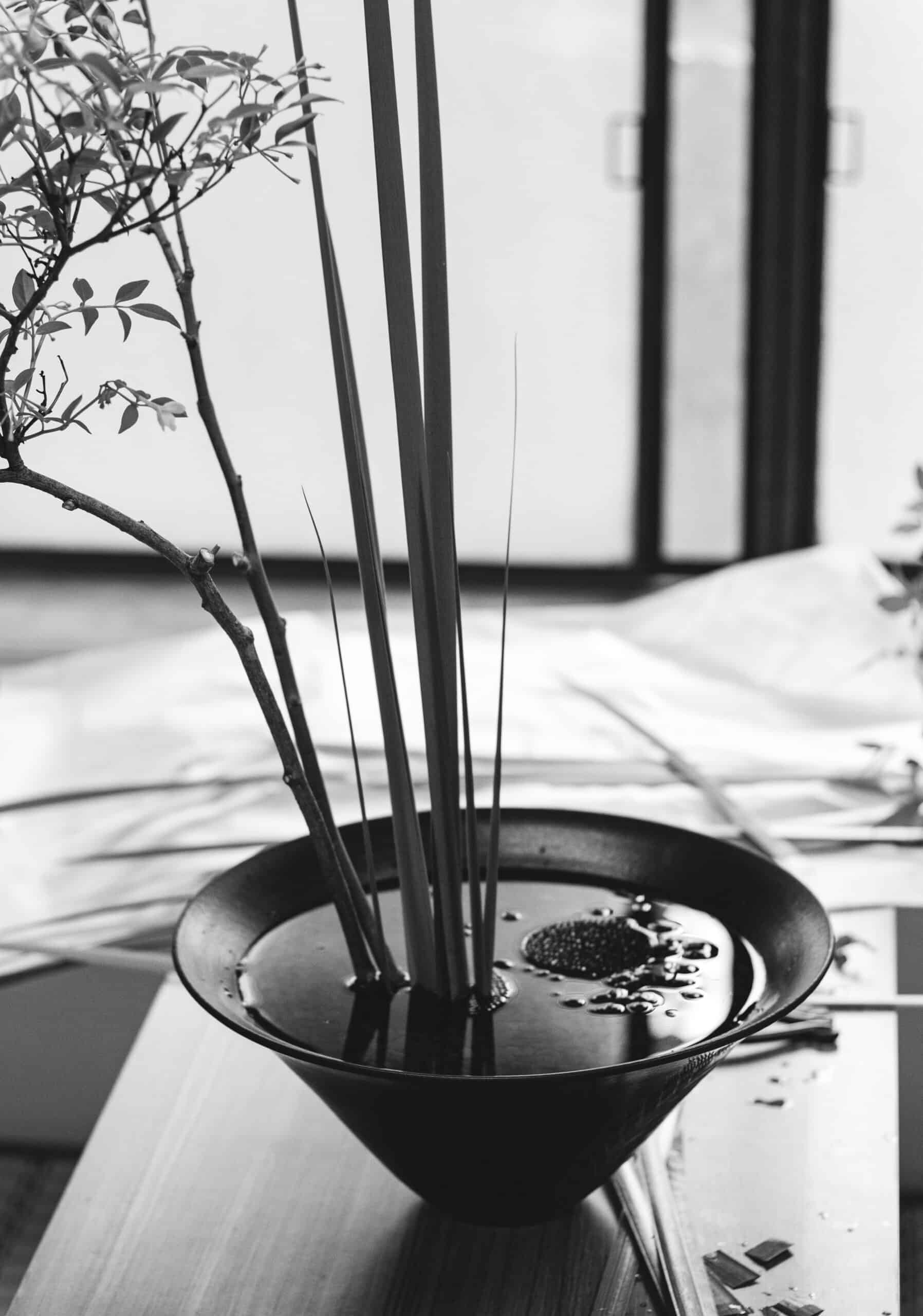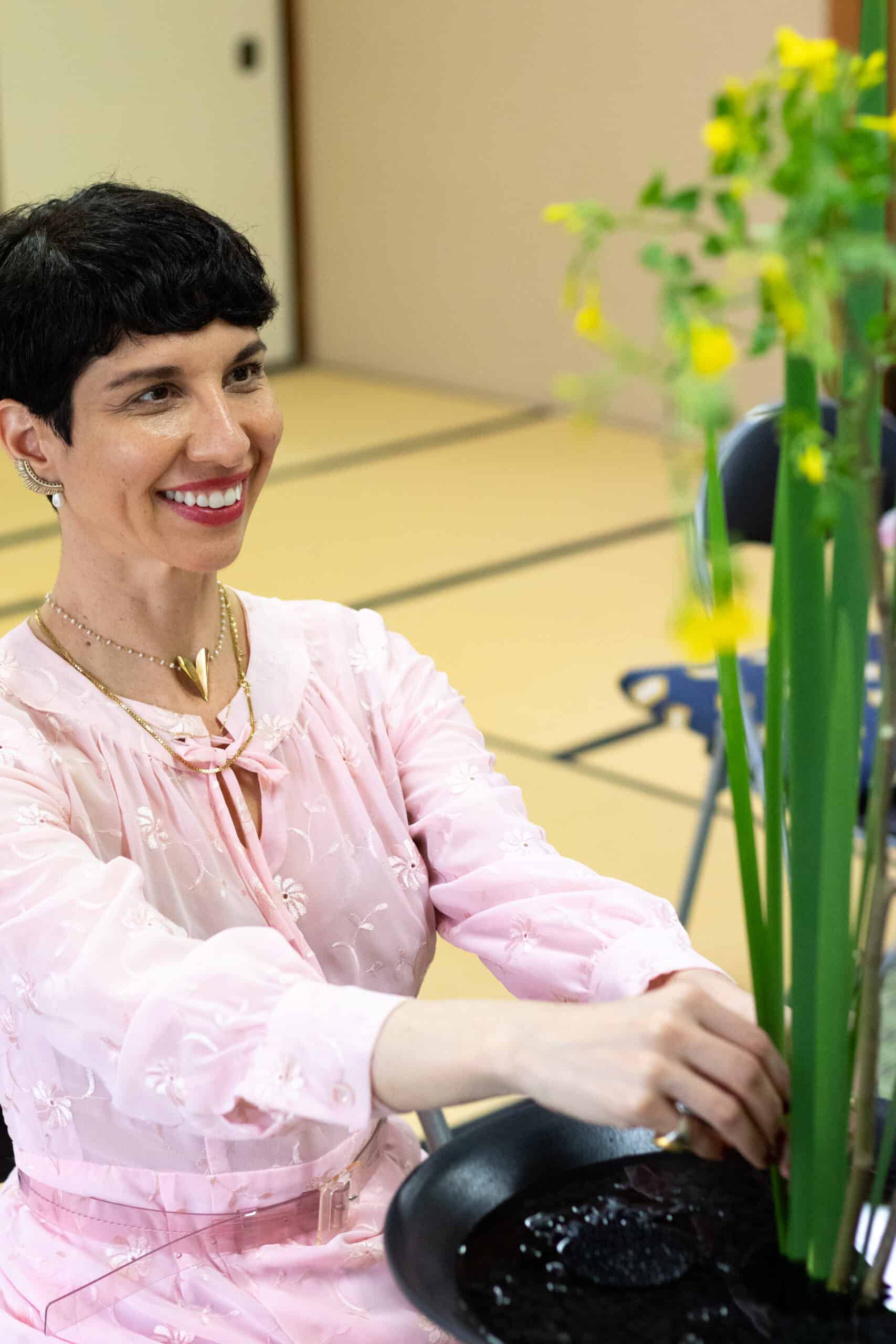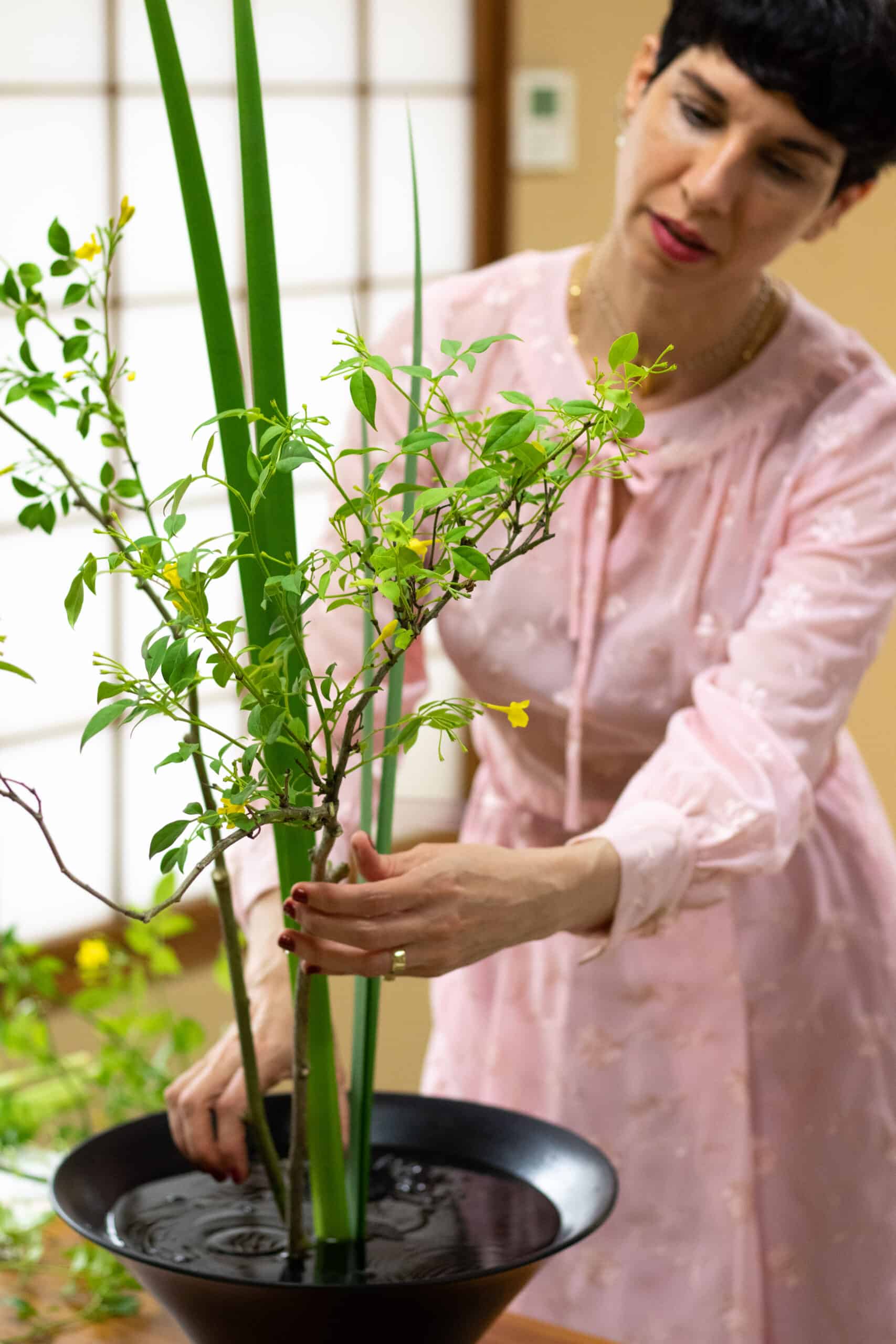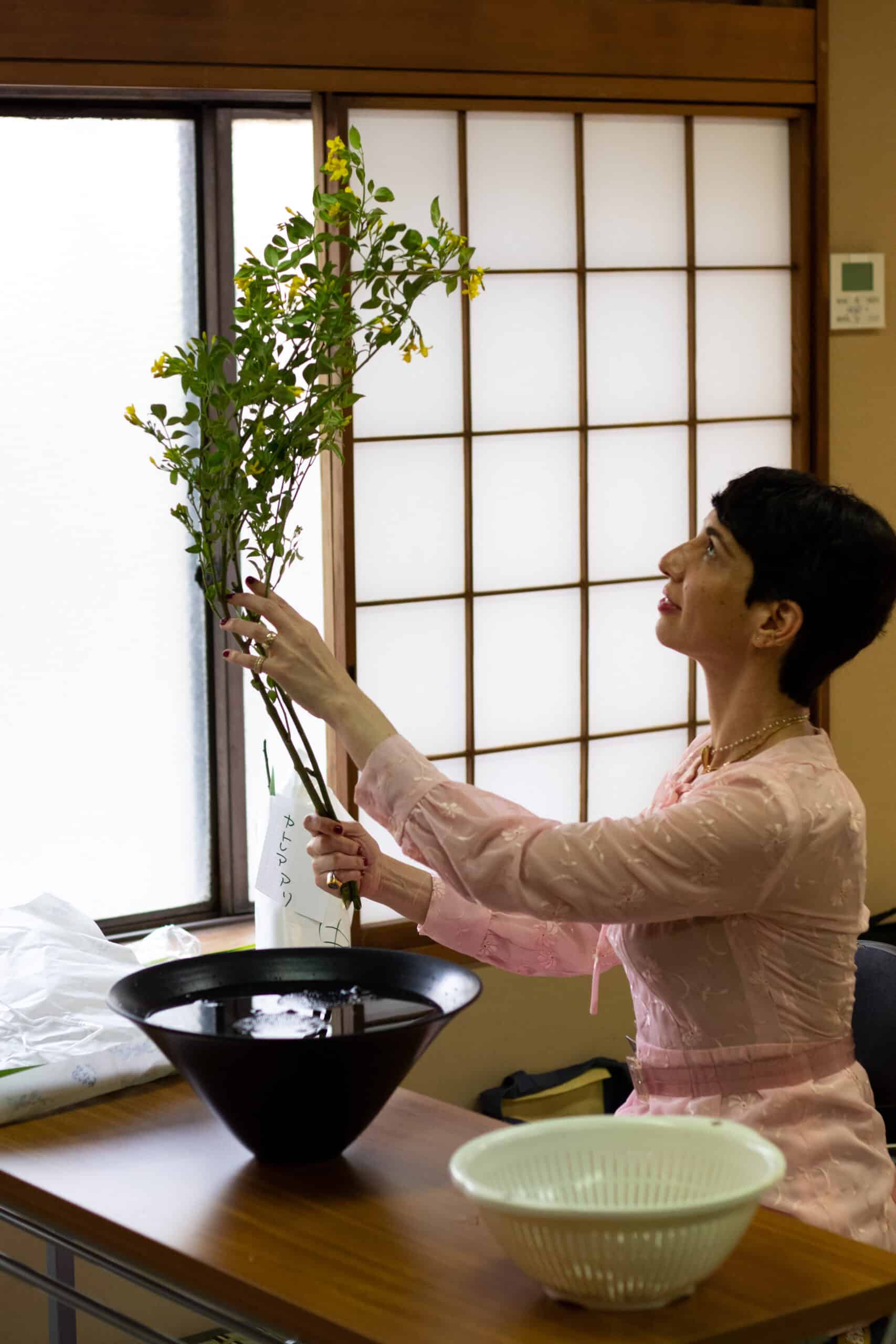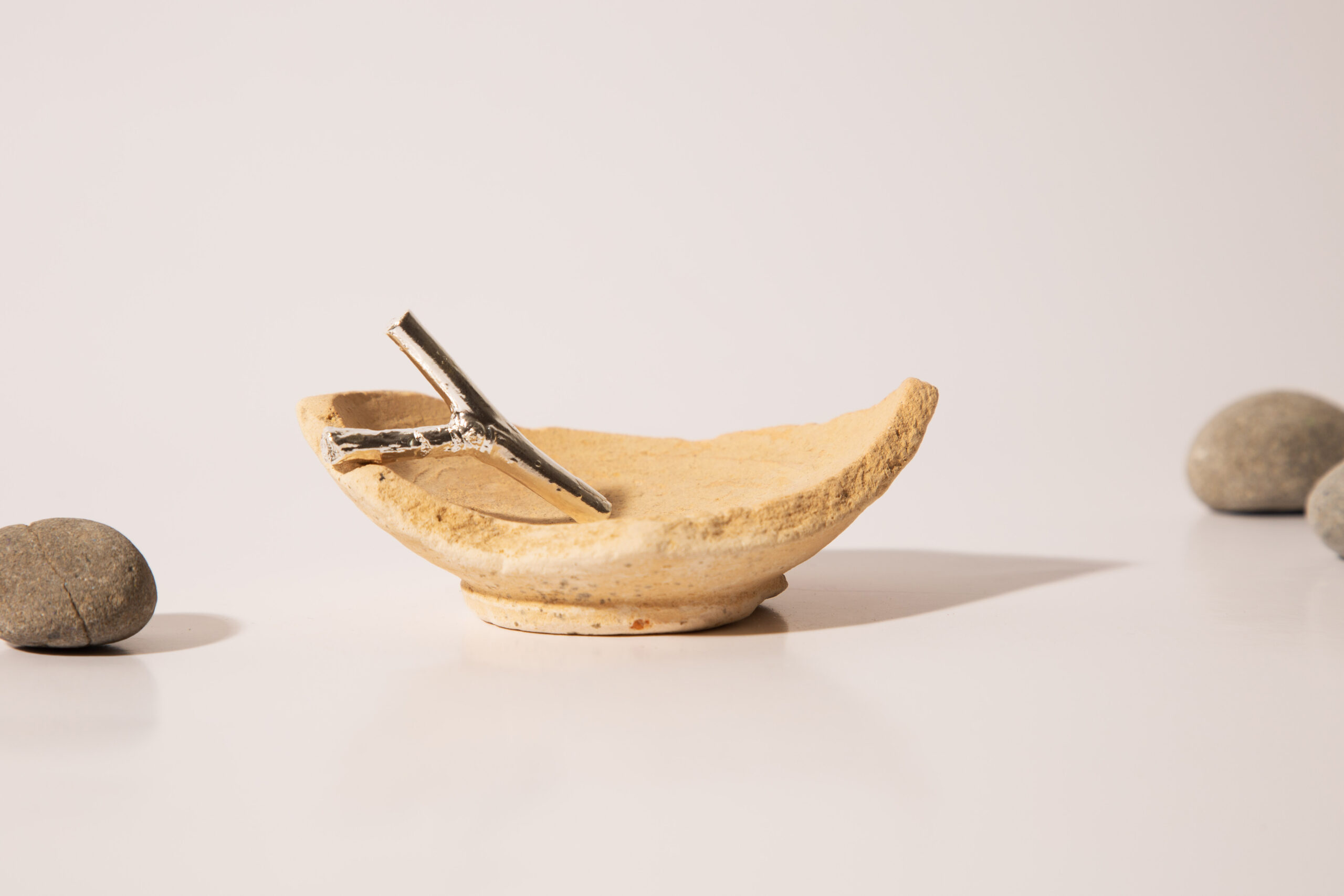
Time to bloom
I, Moon, want to tell you of the day when a peasant woman visited me, many, many years ago.
She lived in Japan, in a valley full of flowers. Every morning she would go out with a basket and walk through the fields to collect them.
She devoted her afternoons to create different items with them: she could distill them to create the essence of a perfume; leave them in a container with water to prepare herbal remedies, or cut them to design an arrangement with which to decorate her home.
One day, while she was walking through the fields, she felt tired and decided to rest under the shade of a tree. Inadvertently, she fell asleep, and suddenly she landed on my territory, along with her basket full of flowers.
“Where am I?” she asked upon arrival.
“On the moon” I answered.
Stunned, she stopped for a moment to look around. She contemplated stars, asteroids, meteorites and comets. She also saw the Earth from a distance, and was amazed.
“Tell me, what do you have in that basket?” I asked her, trying to get her out of her perplexity.
“Some flowers that I will give today. Cherry blossoms” she answered, showing me the pink glow of her basket.
“Who will you give them to?” I asked.
“I will make an offering to Spring, to thank the abundance of the planet.”
The nobility of her intention touched me and I decided to be part of her project.
“I want to contribute to your gift,” I told her.
“How?” she asked, still surprised for being talking to me.
“Take all the dust you can and put it in your basket, when you return to Earth you will understand. Hurry up, you won’t last long here” I told her.
She followed my instructions; ran to a crater that was nearby, crouched down, and with her hands she diligently put all the lunar dust she could into her basket. Then she woke up.
Opening her eyes, back on Earth, she saw that the basket was by her side. A lunar ray, almost imperceptible at that time of day, illuminated it.
She noticed that inside of it there were more than cherry trees. She dedicated herself to separating the beautiful pink petals with her hands and at the bottom she found some pots that had the texture and colors of the crater she had run into just a moment ago; she also remembered collecting the dust with which it seemed the objects had been created.
She came back to her house. She sat in front of a table and took all the items out of the basket: the cherry blossoms, the vases, and some branches that she also had collected that morning. With those materials she created a floral arrangement.
In the afternoon, she went to a Buddhist temple to place her arrangement on the altar. When she did it, a golden light began to emanate from the vessel, illuminating the entire place until it reached a patio where there was a small garden, famous for its dryness.
At that time, new flowers and plants that had never been seen before began to sprout from the soil. From then on, that courtyard became a site besieged by visitors. That place contained all the beauty of nature.
Process
For our Collaboration 24 we invited the jewelry designer Mirit Weinstock to participate in our platform.
Mirit was born in Israel and graduated from Fashion at the renowned Shenkar College. Her interest in art led her to study a Master of Fine Arts at the Bezalel Academy in 2013.
After finishing her studies, she traveled to London to do an internship at Alexander McQueen. Her professional career took her to Paris where she worked at Lanvin, near Alber Elbaz, specializing in haute couture and its relationship with crafts.
In 2010 she launched her first jewelry pieces in Colette, the legendary Parisian concept-store, and since then she has dedicated herself to consolidate her eponymous brand and to cultivate a personal interest, studying Japanese culture in depth.
Her enthusiasm for this subject made her settle in Tokyo, a city where she has lived in the past couple of years with a clear intention: to learn and experience as many ancestral crafts as possible.
This is how she came across ikebana, a traditional Japanese art of flower arrangement dating back to the 15th century, whose goal is to create a harmonious and balanced floral composition using elements such as branches, leaves, flowers, and other natural materials. “Once a week, every Thursday morning, I go to a Buddhist temple and practice it,” she tells us from Tokyo in an interview conducted through Zoom, “there is something very beautiful about this art: you can learn it all your life”, she explains, revealing her commitment to this craft.
This discipline, which Mirit studies at Ikenobo, one of the most traditional schools in the country, inspires the “Moments” collection, which we present in our Collaboration 24. “’Moments’ is the combination of my two great passions, ikebana and jewelry,” she explains.
These are objects assembled by the designer herself, conceived to be the scenario of a flower, to create a moment. Each object is unique, the result of the combination of a 500-year-old Japanese ceramic piece —collected by the designer in different flea markets— and a “Y” shaped branch made of cast silver, used to present a floral arrangement.
In many ways, these pieces convey a special message. “They are partially broken, or they are old, and they reflect the whole philosophy of wabi-sabi”, says the designer, “they invite us to see the beauty in something that is broken, in the imperfections, in aging”.
When explaining the collection, Mirit addresses one of the fundamental concepts of ikebana. “When we make the arrangements we are always looking at the space, the asymmetry and the balance that exists between the flowers and the branches. In Japanese, the space inside the arrangement is called ma. The term is part of Japanese philosophy and is used to talk about the space that exists between things. If you feel like you are thinking too much, or if you are stressed, the Japanese will say that you don’t have enough ma inside your mind. If a Japanese is taking a break to enjoy afternoon tea, it will be said that he’s taking a ma moment. And ma is also the space that connects everything, so when we make arrangements in ikebana we always look for ma. When I created the objects for “Moments” I had this in mind: there was a lot of space between the ceramic, the branch jewelry and the flower, and when they come together they create a whole.”
A combination that will always be unique, as Mirit points out: “With this collection we create a moment in time, a moment that can never be repeated (because that’s its nature), so there are infinite opportunities and ways to create different moments with these objects”.
Objects that show us the beauty of being here and now.
Collaborators
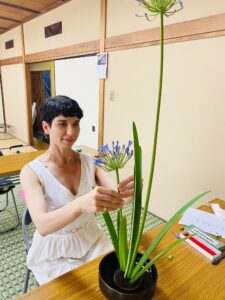
Mirit Weinstock
Israeli artist and designer. She is the creative director and founder of the Mirit Weinstock brand, from which she presents handmade jewelry pieces that have gained international recognition. She has studies in Fashion from the renowned Shenkar College university and a Master’s degree in Fine Arts from the Bezalel Academy. Since 2019 she has lived in Tokyo, studying Japanese culture, and practicing traditional craft trades such as ikebana.
Shop the collection
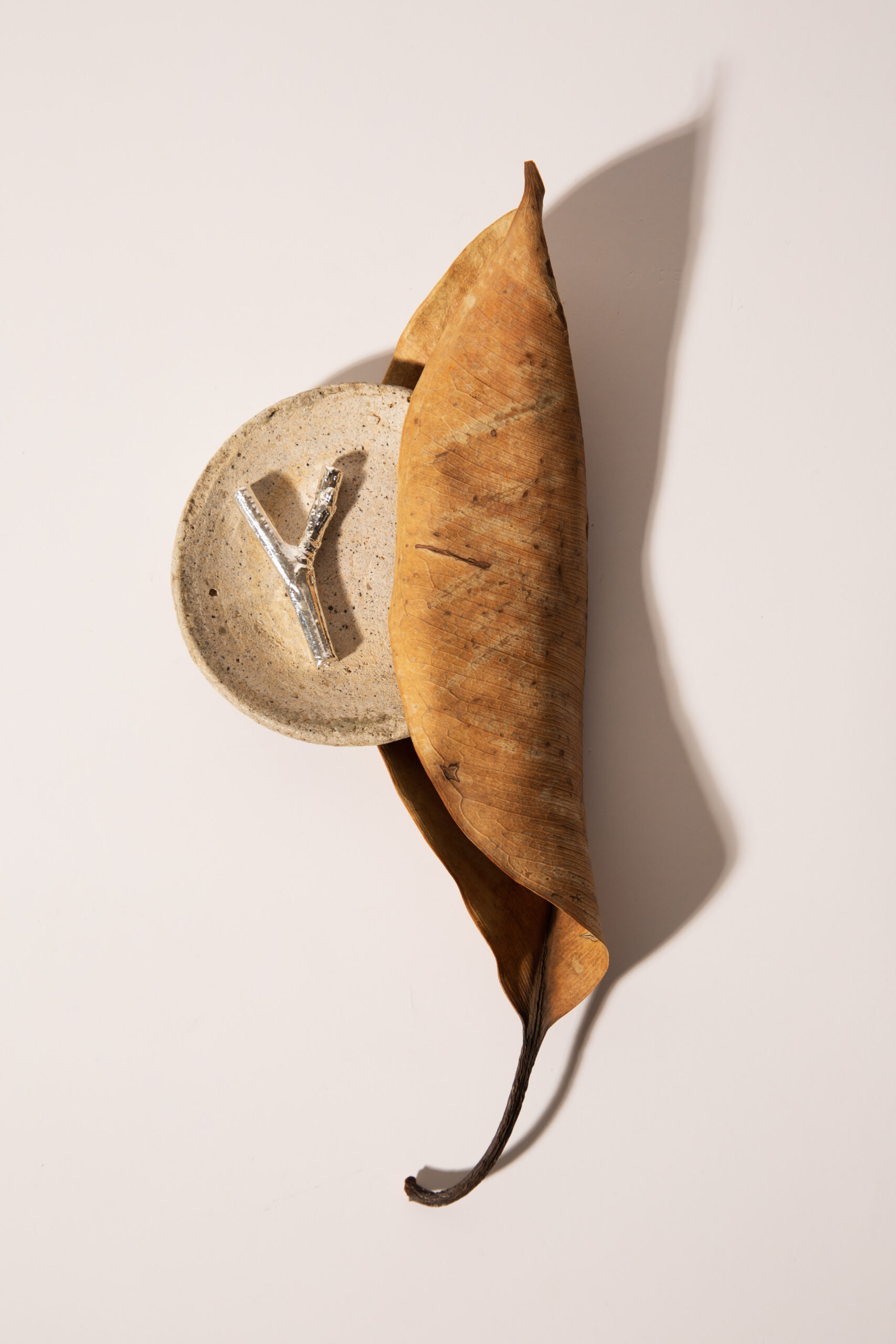
Moments
Objects for one flower: To create a ‘moment’ in time, they are a combination of the artist and designer Mirit Weinstock’s two great passions: jewelry and Ikebana. The ‘moment’ object is made from a small Japanese ceramic dated about 500 years old and a silver cast branch to create a single flower arrangement.
The ceramic pieces were collected at flea markets in Japan.
Mirit made the silver branch by cutting a branch into a Y shape, “just like branches we use to hold flowers in an Ikebana arrangement”.
A silver coating was later applied to the branch in a process called electro forming, a mold was made from the metal branch to cast the final branches, which weighs nearly 10 grams of silver and captures all the original textures of the original natural branch.
Each Moment set includes endless possibilities. Create your ‘moment’ with dry or seasonal flowers, with or without water.
“A natural flower is beautiful, but when it is touched by a human being, it becomes a
thought.”
—Shirasu Masako
Nosotros Tienda Colaboración actual Términos y condiciones
© Loona | Todos los derechos reservados | [email protected]



